I like to say that survival is the king of DIY pursuits. Could you adapt the resources in your environment to meet your survival needs? I bet you could if you had compiled a list of DIY projects and key tools and supplies beforehand.
Survival-related content places a lot of emphasis on stockpiling, but anything you stockpile can be lost to looting, fire or any of a dozen other disasters and no matter how much your stockpile, it will eventually run out. The truest form of temporal security comes from our own capability to produce the products that we need to our survival needs. Investing in your own production capability protects against threats to our stockpiles, ensuring that you have the ability to start over. This article will list some of the most important DIY projects to meet your survival needs.
Security & Situational Awareness DIY Projects
Home invasions often take place by surprise and are sometimes decided in seconds. To survive one, a homeowners need time to get behind hard cover and arm themselves. All members of the household must know where they can hide and be well trained to do so. Alarms and physical security measures such as reinforced doors help lengthen the time it takes to penetrate the home.
Alarms
Most security systems do not function long without power. Once the grid goes down, monitoring is meaningless, because there will be no police response, and the batteries powering most alarm panels will lose their charge within 4-6 hours. At that point all an alarm can do is provide you with situational awareness, giving you precious seconds to arm yourself and get your family safe or flee.
- Wireless Motion Alarm Mod – Wireless motion alarms cost $10-$20 at Harbor Freight, have a 400’ range, and can easily be modified to turn them into effective battery-operated perimeter alarms by obscuring the LED on the motion detector, camouflaging it and improving its water resistance, and adding an earbud and vibrate options to the base unit. The base unit is battery operated and can be carried in a belt pouch or connected to an external power source.
You will want to invest in rechargeable batteries for them and they are a little finicky in the cold, but they are way cheaper than ranch security systems like Dakota Alert and their competitors. Wireless motion alarms are a safe option if you have kids or dogs, and an intruder won’t know he tripped your alarm once it has been modified.
Cover & Concealment
A combination of the following DIY projects can be used to retrofit rooms, closets or other spaces, turning them into panic rooms or fighting positions, giving you a fighting chance against a home invasion.
- Steel Reinforced Concrete Panels for Interior Wall Spaces – Especially in unfinished areas of homes, such as unfinished garages, basements and areas underneath stairs, a cheap way to add hard cover to uninsulated interior wall is to measure the spaces between wall studs, frame molds from scrap lumber and pour steel reinforced concrete panels to install between wall studs. Cut drywall to access these spaces and conceal the entry however you like. Installing them even a couple feet high and fastening ¼” flat steel stakes over backs of the studs will give your loved ones some substantial cover to hide behind before the shooting starts.
- Bullet-Resistant Door Panel – Even in apartments, a degree of expedient cover can be created by hanging and over-the-door coat rack over an interior door that opens into the room and hanging two or more surplus level IV chest plates from the rack so that they overlap. They can be held to the door with straps screwed into the door ends and hang coats or bathrobes over them. Opening the door gives the homeowner a level IV shield to hide behind that looks like a thin interior door even if they jump out of bed in nothing but their boxers. For a more finished solution, purchase a hollow core door that can be disassembled, install the plates inside, and replace the original with the armored door. Of course, if you have the money, you can just buy armored doors, but that’s not the point here.
- One-way Mirror – This is not intended as legal advice, but you may have a hard time justifying shooting someone in self-defense if you shoot through a one-way mirror or from behind concealment, but ambushing an attacker, or group of attackers, from behind hard cover and concealment is one way to ensure that you survive the encounter and it is not uncommon for armed cars and safe rooms to make use of armor, firing ports and one-way, bullet-resistant window. To achieve the same effect on the cheap, simply cut a hole in a wall, replace the mirror in a mirror frame with one-way glass and install it over the hole. This will enable to you to
- Security Door – Having to hook chains to a steel security door and tear it off the door frame with a truck to gain entry takes time and makes noise. Likewise, every additional door they have to breach takes more time and makes more noise. Replacing weak interior doors with reinforced exterior security doors slows anyone breaking your home, creating time to mount a defense or escape.
Escape Routes
If attacked, your best options are to fight or flee. Vastly superior enemies, structure fires, structural damage, and flooding have all forced survivors to escape their homes in order to survive.
- Hidden Escape Hatch or Door – Concealed exits provide the ability to exit your home somewhere other than doors and windows, which are where an enemy will expect you to exit.
- Escape Ladder or Rope – If you live in a building or a multistory home, installing the means to get to the ground safely is a reasonable precaution.
- Escape Route & Rat Lines – You have probably read about elaborate escape tunnels built by Nazis and drug lords. A rat line is the poor man’s version of that. They use cover and concealment to evade discovery and avoid getting shot or captured. The easiest way to create a rate line is make use of existing buildings, planters, vegetation, fences, vehicles, drainage tunnels, hills, washes, and so forth.
First Aid & Medical DIY Projects
If you run out of medical supplies or are caught without them, common household items can be repurposed to save lives.
- Improvised Bandages – In an emergency, all shapes of bandages can be improvised from cotton bedsheets or other cotton cloth. If time allows, they can be washed and then sterilized by cooking them in a pressure cooker. If a pressure cooker is not available, they can be boiled. When soiled, they can be washed, bleached and reused many times. The most useful shapes are cravats (large triangles) and strips, which can be rolled or “Z” folded. Cotton dressings are held in place with square knots or safety pins. They also have a multitude of other survival uses.
- Improvised Torniquet – Cravats can also be used as pressure dressings and even torniquets by paring them as a stick or similar objected employed as a windlass.
- Improvised Stretcher – Lightweight interior doors can be quickly removed from door frames by removing the hinge pins and used as backboards.
Shelter DIY Projects
Staying warm and cooking are vital survival needs. Survivors have gone to great lengths to stay warm in cold climates, burning furniture, books, wooden flooring and even pulling the studs out of the walls of their homes to burn as firewood.
- Wood Burning Stove – Wood burning stoves can be fashioned from 55-gallon drums or even empty propane tanks. As propane runs out, there will plenty of empty tanks to scavenge or barter, so having DIY instructions, materials, and tools to turn them into small wood burning stoves could be a viable cottage industry until the grid comes back online and the gas lines can be resupplied and repressurized. Woodburning stoves are far more efficient than fireplaces, saving both firewood and the work expended to cut and split it.
- Stove Pipe – Stove pipe carries smoke away from woodstoves. It can be stockpiled or fashioned from sheet metal, the most readily available source of which will probably be disused ductwork ducts for AC and central heating which will otherwise be useless without electricity and natural gas.
- Window Stove Jack – Stove pipe gets hot and can cause a structure fire if it comes in contact with the walls or roof of your home. A stove insulates your home from all that heat and installing one in a window will do the least damage to your home in the hope that the power will come back on one day.
Water & Hygiene
Disasters that take the grid offline also put water treatment plants out of commission, causing boil water notices to be issued to prevent waterborne illness.
- Bleach Making Kit – Unlike liquid bleach, granular pool shock (high test calcium hypochlorite) stores for many years without substantial loss of potency and can be used to make bleach stock. All that is needed is some calcium hypochlorite, measuring cups, an eye dropper, containers and instructions. You might as well use the food grade product for this application.
- Toilets – Toilets can be made to flush filling the tank with water even if the water is off. But if the sewer backs up, you’ll need a bucket toilet, latrine or outhouse and a handwashing station.
- Water Heating Coil – Like hot water? Me too. If you want more than one pot at a time, a copper heating coil is the way to go. Attach the hoses to nipples spaced one above the other and stick the coil in a campfire or on a stove and it will heat the water in the barrel as convection causes it to cycle it through the coil.
- Gravity Camp Shower – When no water or muddy water comes out when you turn on the tap, the simplest solution is to pour cupsful of water over yourself, but that is a short-term solution for warm climates. When that will not longer do, it’s time to rig a heated camp shower.
- Laundry Solutions – There are many ways to wash your clothes without a laundry machine. A washboard and tub or a plunger washer and a bucket are two of the simpler methods. On the trail, I have used a dry bag as a tub and the tread of a flip flop as a washboard.
Food Production & Preparation
The ability to feed oneself is a cornerstone of self-reliance skills.
- Orchard – Fruit and nut trees give the survivor the most food for the least effort. Most take a few years to mature, and some take longer, so planting fruit and nut trees should be one of the first thing you do after moving to a new property.
- Garden – Plant a garden, even if it just a few pots on a patio or balcony and you will become part of the less than 2% of the population that produces any of their own food at all. Then stockpile what you need to expand your garden. I have read multiple examples displaced survivors of multiple cultures sewing heirloom seeds into their clothing to ensure they could feed themselves when taken to new lands as slaves or forced to relocate to reservations as others did likewise with precious stones.
- Chicken Coop – Chickens produce eggs, meat and chicken manure contains the most nitrogen, potassium and phosphorus of any farm animal, making a chicken coop an important resource for any homestead.(Wikipedia, 2024)
- Cinderblock Rocket Stove – A fuel conserving rocket stove is easily improvised by stacking cinder blocks to create “L”-shaped channels. Choose a DIY that cuts the ends off one of the blocks by scoring it with a masonry chisel or an angle grinder before breaking it.
- Wheat Grinder – A wheat grinder is an important tool to make flour for bread from seeds and grains and to make their nutrients available to your body. Cresson Kearney included a DIY wheat grinder project in Nuclear War Survival Skills if you have a copy.
Electricity
Electricity is necessary for radio and other communications and to access digital libraries using cellphones and computers.
- Packable or Portable 12v DC Solar Array – Small solar arrays are perhaps the simplest and way to generate electricity at home. Proprietary systems may seem convenient, but building your own from standard components ensures that you will be able to fix it when parts wear out or break.
- Car Alternator 12v DC Generator – This project can be powered by other DIY projects such as a waterwheel or an engine converted to run on wood gas.
- 12v DC Battery Bank – Without fossil fuels to run them, automobiles are not much use, so survivors repurpose car batteries to store electricity.
References
Wikipedia. (2024, July 1). Chicken manure. Retrieved from wikipedia.org: https://en.wikipedia.org/wiki/Chicken_manure








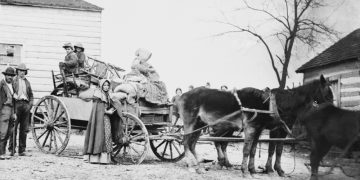





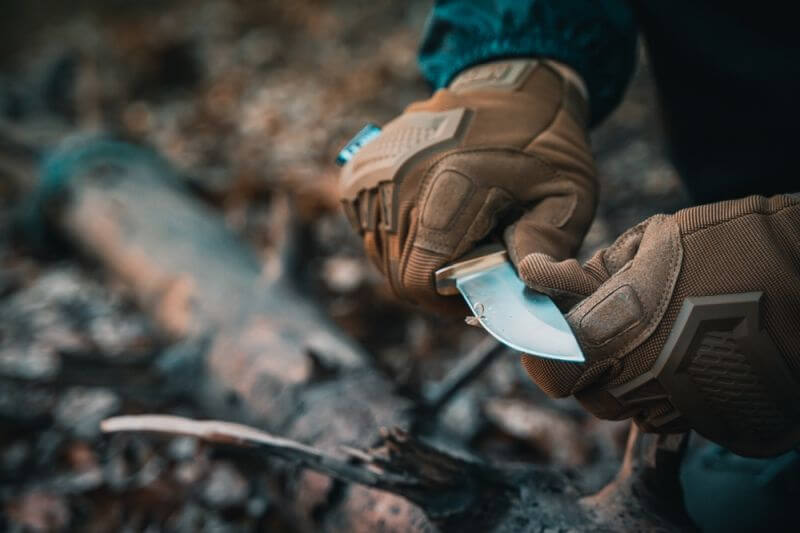
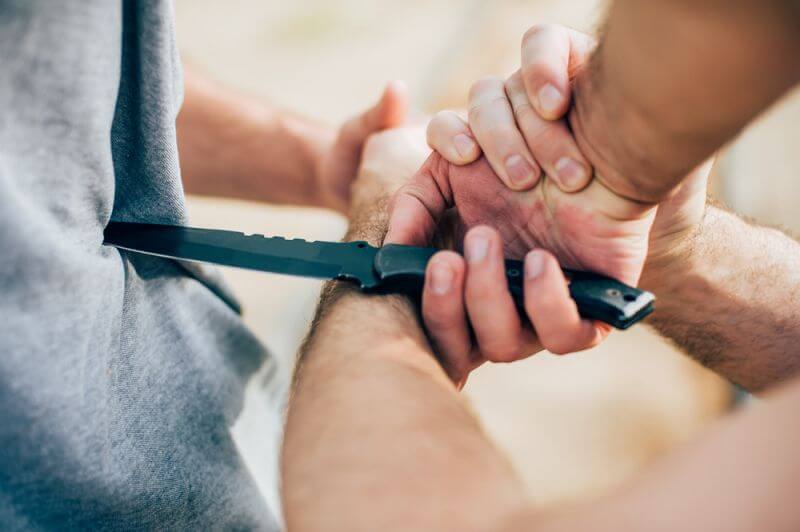
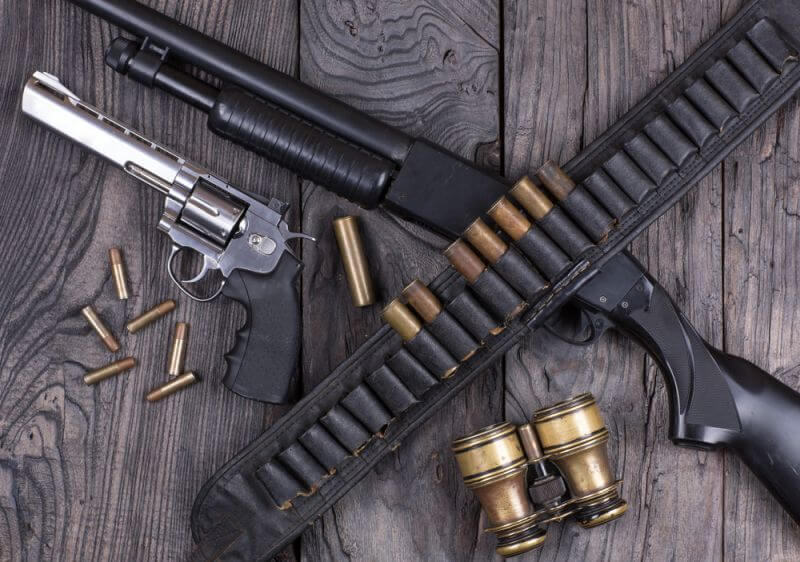

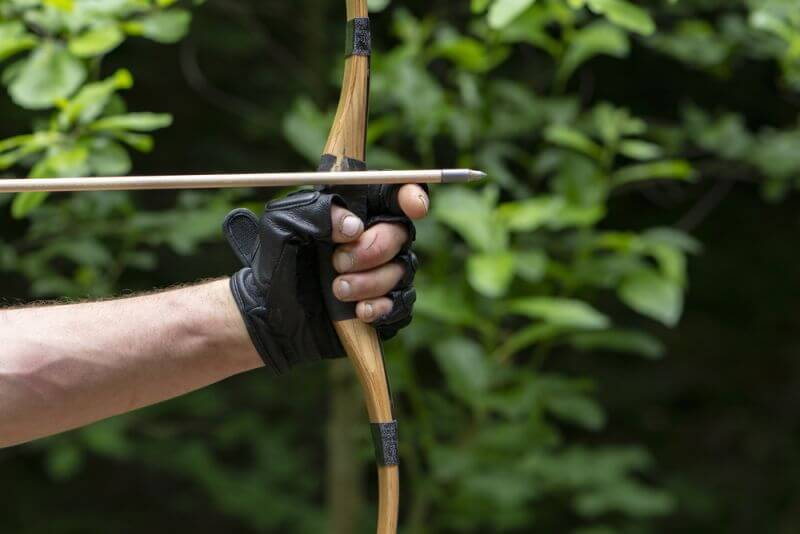










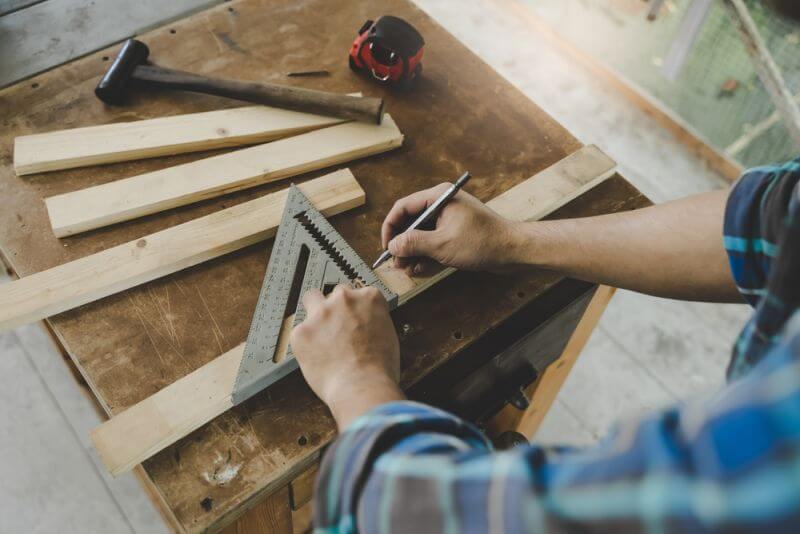




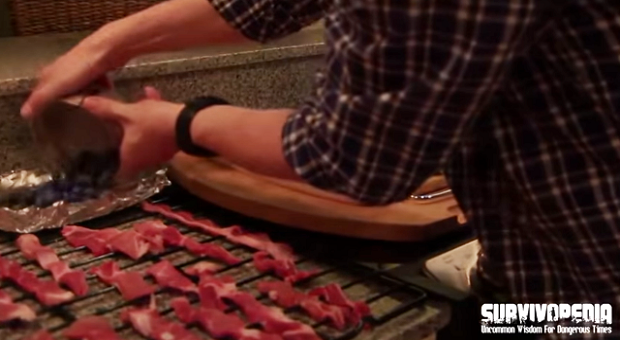




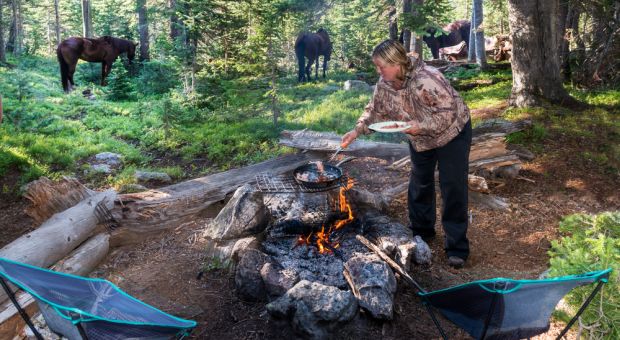
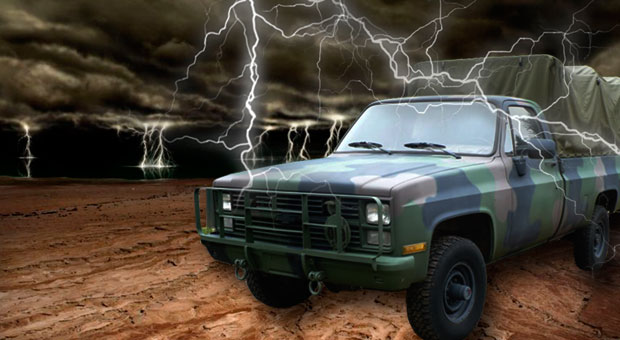
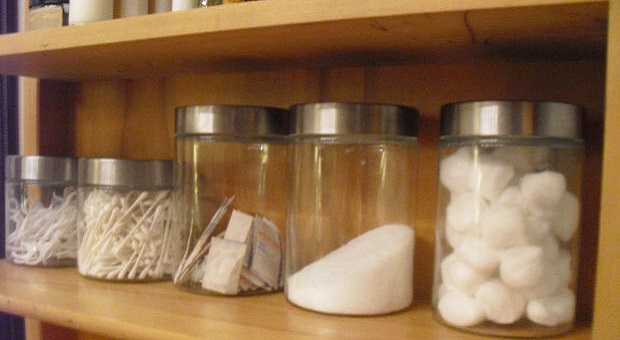































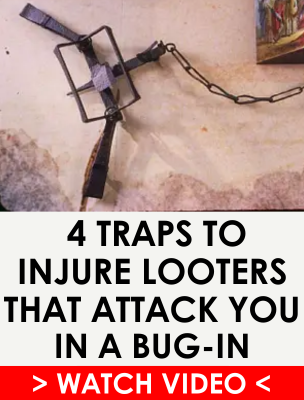











Collecting Skills – Almost universally, everyone will pick their next job to be the one that pays the most, except for me. I develop new skills quickly and strive to be the best at it. Raises in pay follows, but that wasn’t my priority. Being more into preparedness than anyone I know, I collect skills because I understand the preparedness value.
Survivalists should be generalists and collecting skills is a great way to do that. Like correct principles, they aren’t easily stolen from you or lost in other ways and you can take them with you wherever you go because they weigh nothing, making them more dependable than material possessions.
Thanks for reading and commenting Ronald!
– Cache
Security, Alarms, Diversion of talent needed for other necessary tasks, consequences of lack of sleep –
Alarms (and automation in general) can allow other important tasks and necessary sleep time for good health and functions in performance of necessary tasks. Competence will suffer in all areas when sleep is compromised. Alarms have great preparedness value. In the harsh times to come, I’ll be far from population densities, so I’m prepared with automated detection utilizing multiple modes including thermal imaging out to great distances. A programed analysis of what is detected will be logged for me to notice wildlife reports when I wake up, but human encroachment will trigger a wake alert and possibly not, if simply passing by in the distance with it all being programmable for different levels of threat assessment. For those of us not needing that level, far simpler versions can be inexpensive infared and motion detection and trip wires.
So where do you get the instructions for using.pool shock as water disinfectant? You should provide links to such important information